It’s time to get serious for a moment or two, lovely people.
Let’s talk about labels. Food labels, that is. I love labels. I’ve been an avid label reader since I can remember knowing what a label was, and that was way before barcodes were even an inkling in some geeky dude’s cerebral cortex.
Labels make me happy. They also make me sad; but definitely more happy than sad. Happy because they tell me really important stuff. Sad because I find out how much rubbish is in our foods these days. Labels are brilliant for helping us navigate to a healthy life. Labels are also sneaky, complicated, and misleading.
It is very easy to think that you are doing good and buying low carb or keto when in fact you aren’t – through no fault of your own. Tomato paste doesn’t need sugar in it, right? Right. But most brands add it anyway. This is why we need to read labels. Don’t let sneaky manufacturers knock you off your path to clean, good food!
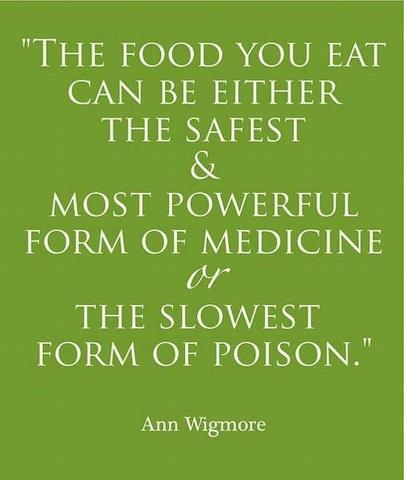
Here’s some things you can do to make sure you are as low carb as you want to be when buying food. This is the process I use to determine which products to buy, and which brands of those products to buy.
1. Buy as many foods as possible that don’t come with labels. If a label is not required it pretty much means it was once alive and growing and has remained as Mother Nature created it.
2. If it has a label – read it. Especially ones that you don’t think you need to read, like meat. You will be surprised, and often not in a good way.
3. Read the list of ingredients. If there are any added sugars, starches and/or grains listed as an ingredient – don’t buy it. See the list of names sugar masquerades as here. We don’t want to buy anything with *added* sugars. When you start reading labels you will be amazed at what manufacturers add sugar to. You can usually find a couple of unsweetened or no-added-sugar versions if you look hard enough. Once you have found the unsweetened or no-added-sugar versions, just stick to that brand. You will only need to do this once for each product you are looking for. For example – I now know which brand of tomato paste is low carb and I don’t need to read tomato paste labels ever again.
4. Having determined that there are no added sugars, starches and/or grains in the ingredients list, read the nutritional content. Lots of foods have sugars in them naturally – this does not make them bad, but you do need to be careful. Look at the grams per serving of sugar – if it’s in the double digits – don’t buy it.
5. The shorter the ingredients list, the better it usually is.
6. If it has a whole list of ingredients with ridiculously long names, ones you can’t pronounce and/or don’t know what they are, don’t buy it.
7. Compare different brands of similar products. They are not all the same. For example – the amount of protein per serving in non-fat Greek yogurt varies wildly between brands. Once you have weeded out the products with added sugars, starches and/or grains, start comparing between the ones left. Look for the brands with:
- More grams per serving of protein
- More grams per serving of fat
- Fewer grams per serving of sugar
- More grams per serving of fiber
8. If you want to know whether something is a good source of protein, take the grams per serving of protein listed and multiply it by 4. If the result is greater than 50% of the calories per serving listed, it’s a good source of protein. Again, not all non-fat Greek yogurt brands are the same!
9. Don’t get waylaid by the calories. A calorie is not a calorie. Calorie math is a myth. If you don’t know what I am talking about, read The Calorie Myth.
10. Remember being low carb focuses on protein, fat, water and fiber.
11. Do not get caught up in the minutiae of vitamin and mineral content. Follow steps 1 – 9 above and just concentrate on eating as many low carb foods as possible. Everything else will take care of itself.

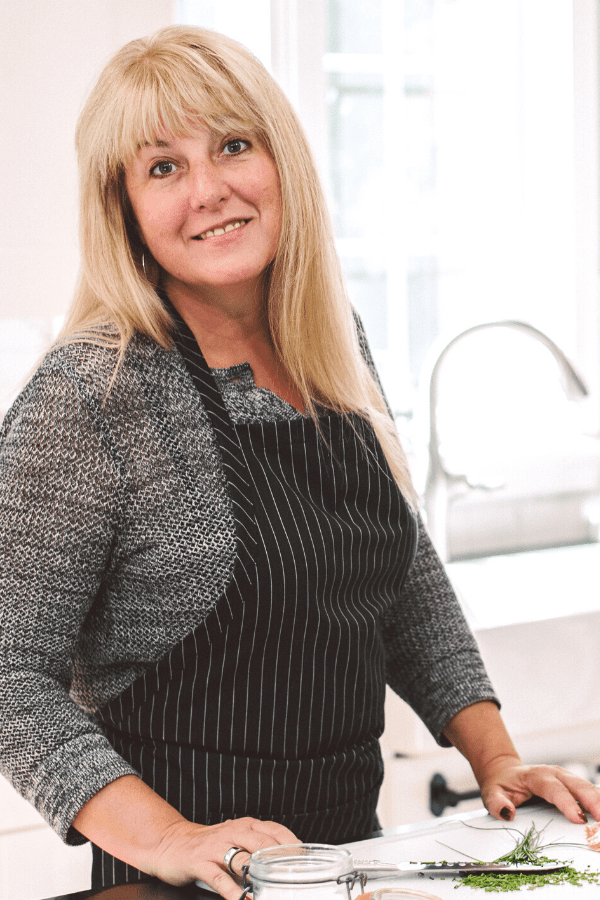
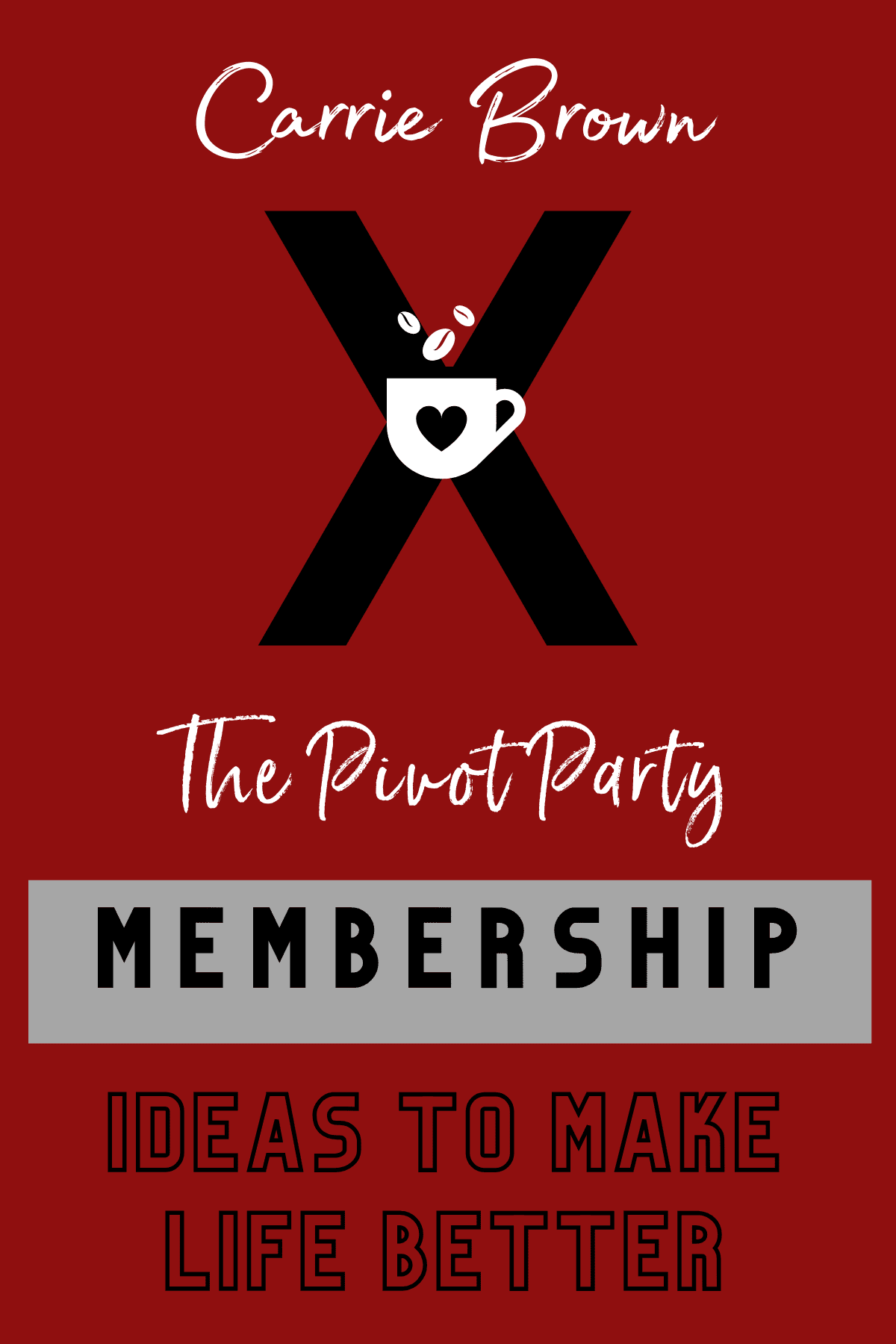
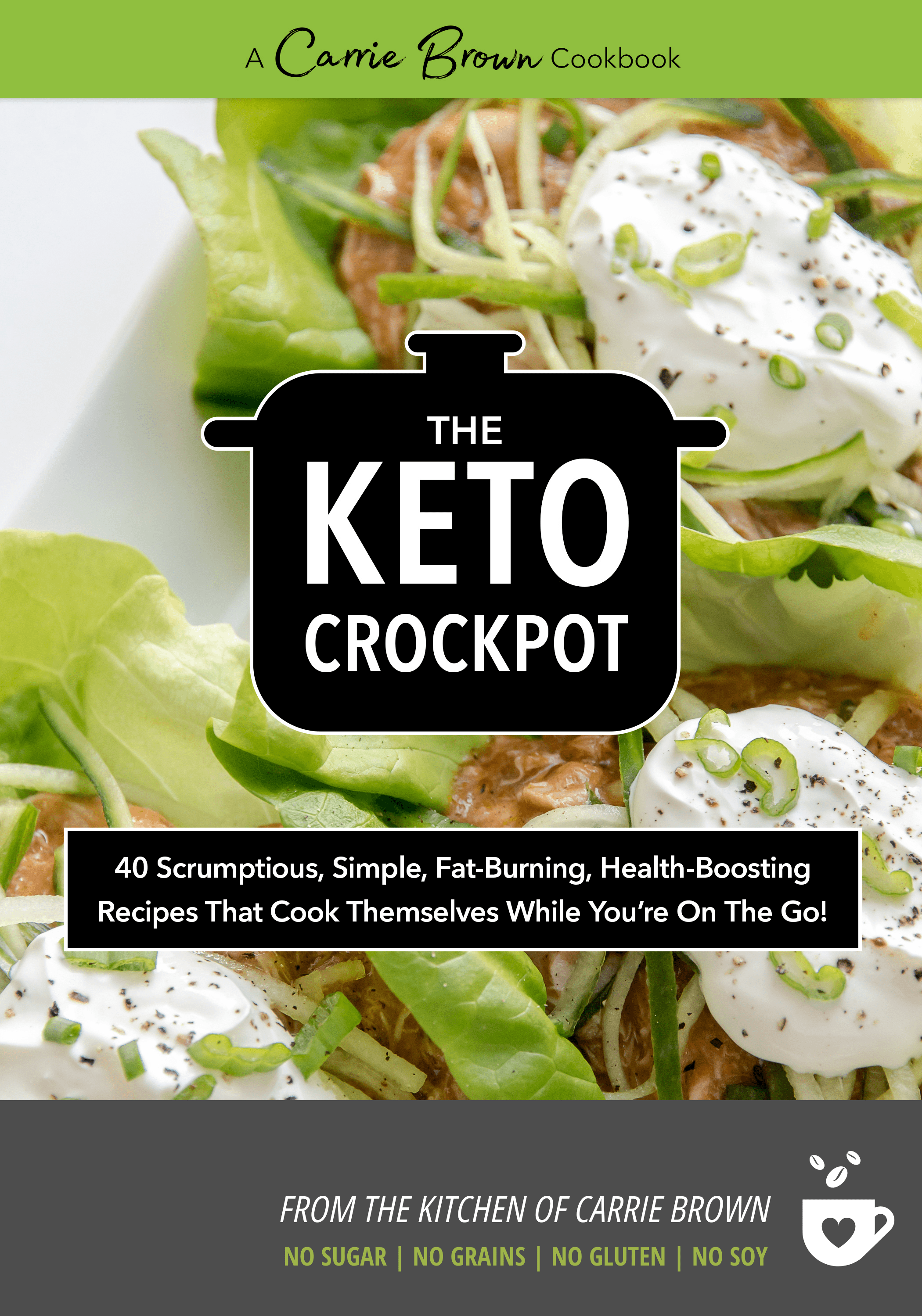
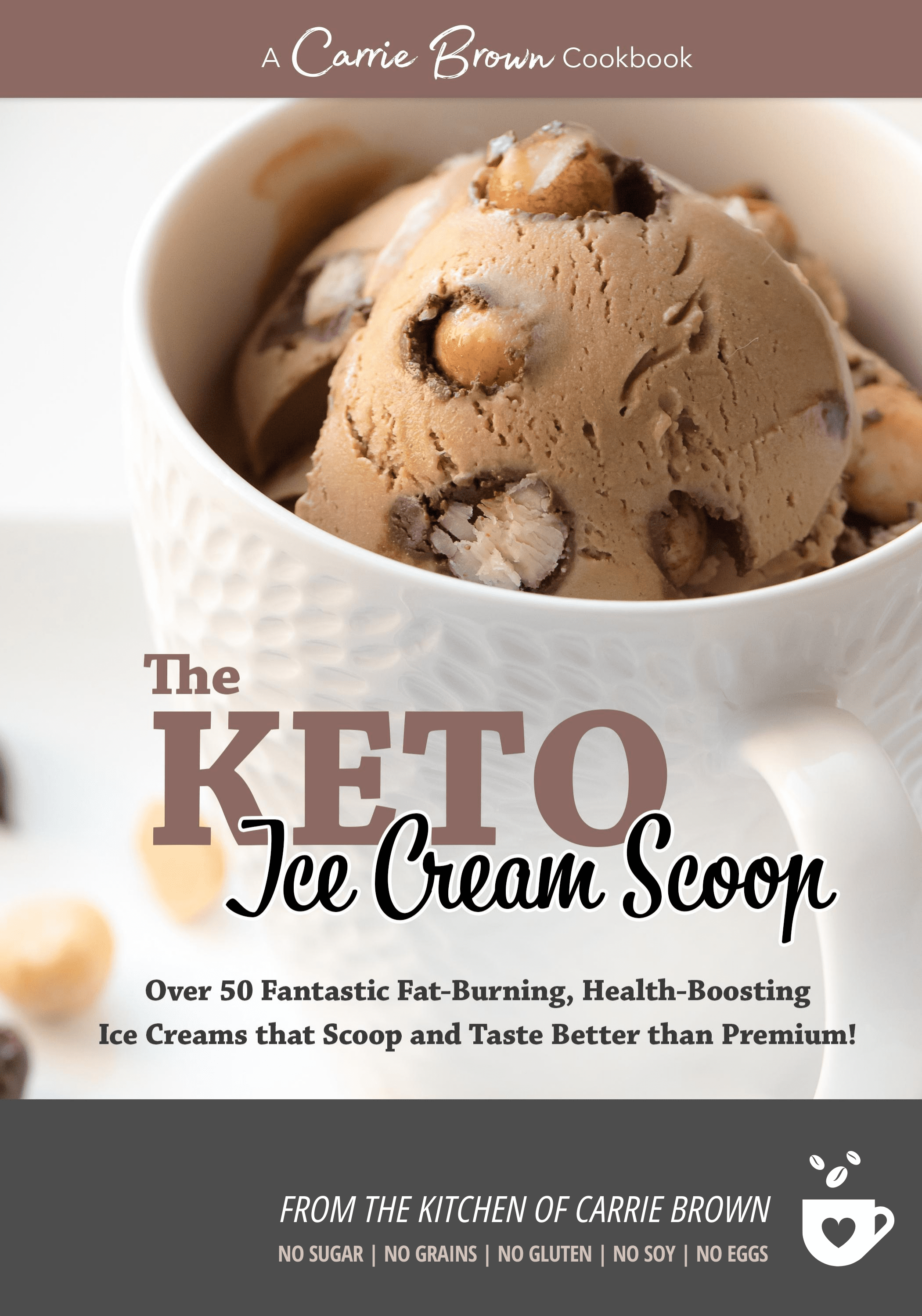
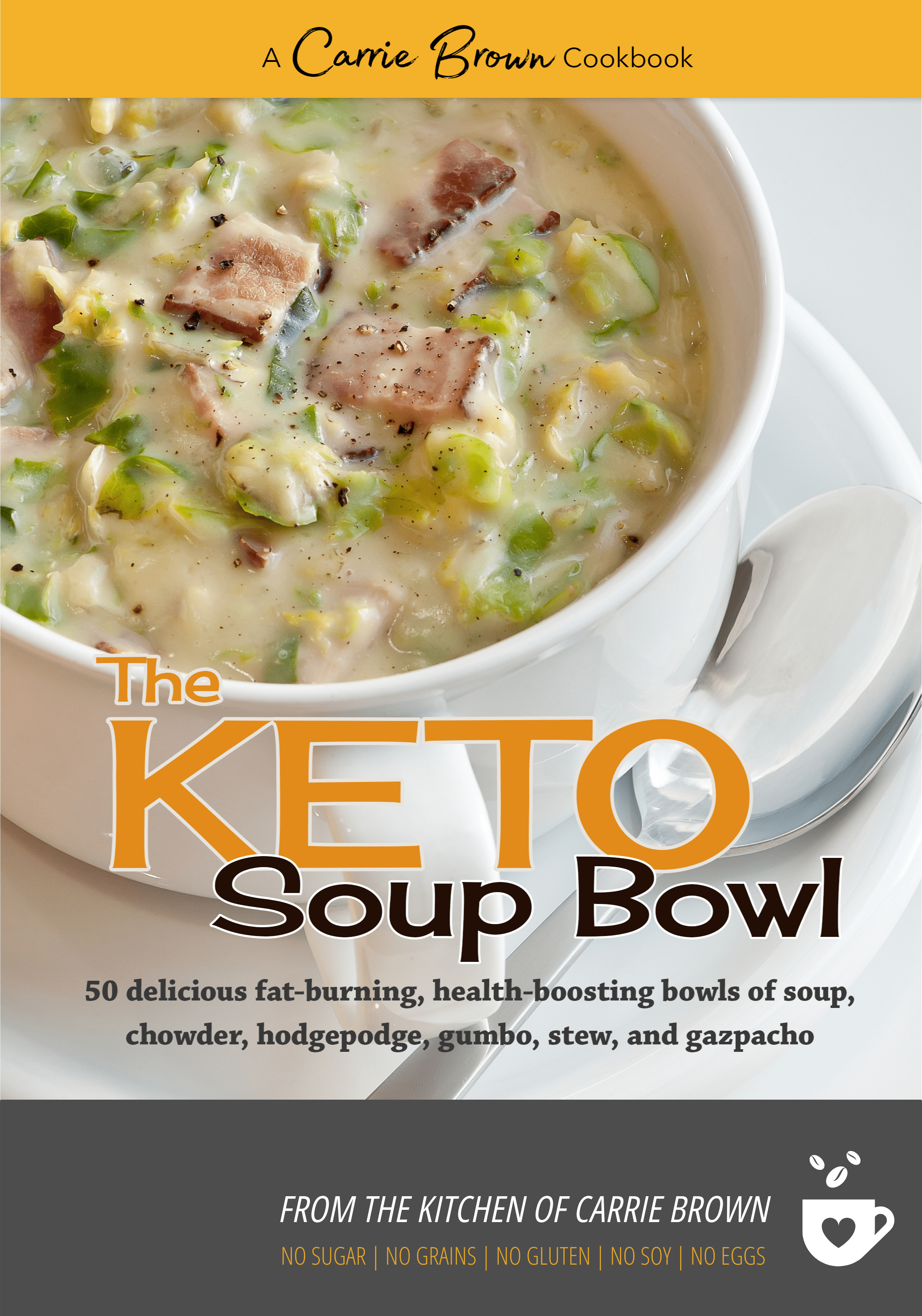
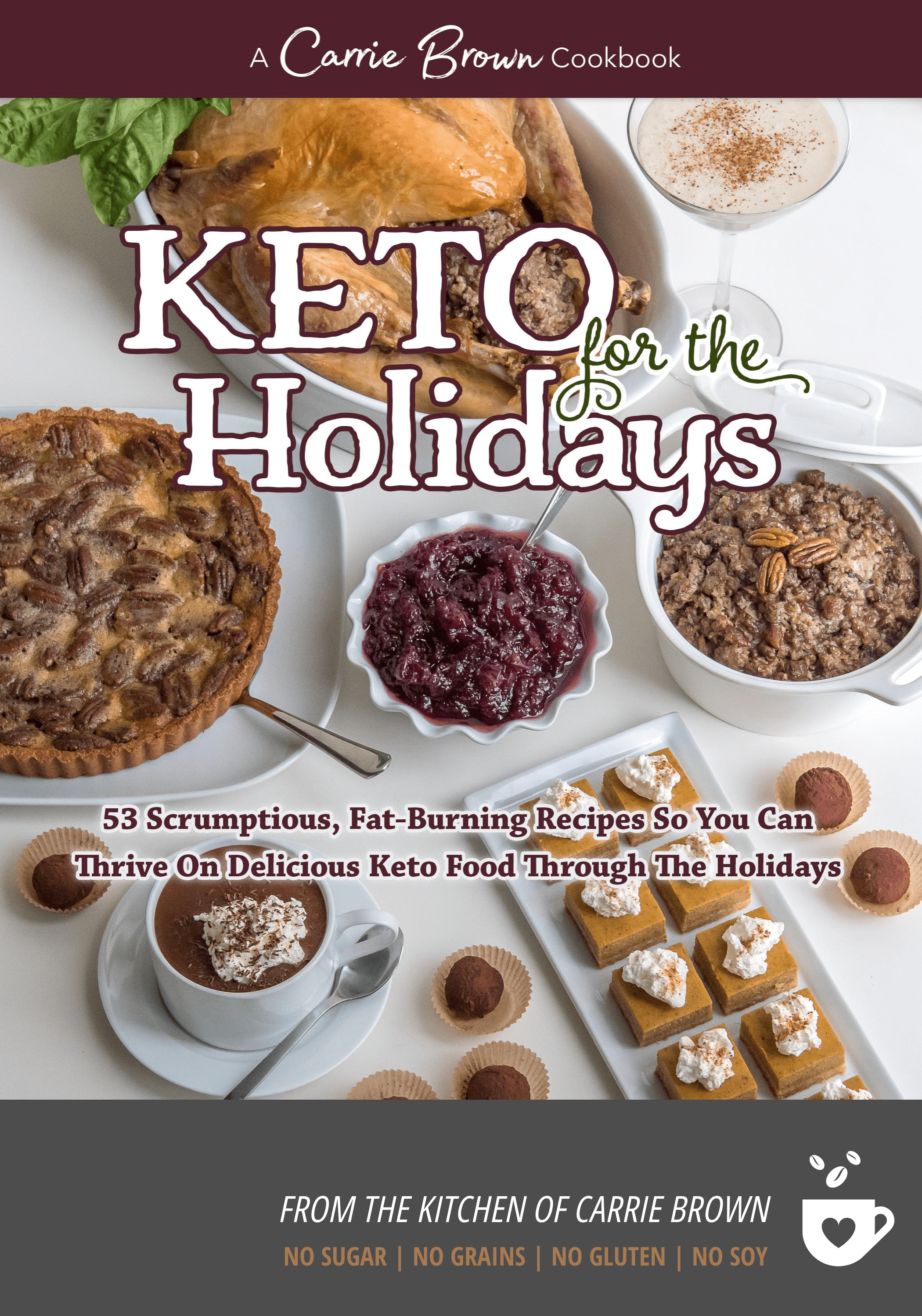








EllenCarrie, Thanks for the reminder!! Last week I made a smoothie with TJ’s plain coconut milk and noticed a difference – it just wasn’t as sweet – as the smoothie with Silk plain coconut milk. I read the labels and found that SILK contains 6g sugar. You’d think PLAIN means PLAIN 🙂 I can’t believe I didn’t notice this until just now, and I’m irritated that we don’t have a Trader Joe’s here!!
carrieHi Ellen – labels are our friends! You really do have to be careful and not go by the packaging blurb…because you would think plain means plain!! Great job on making the switch now 🙂
NancyDang about the Silk coconut milk. I’ve been buying it as a two-pack at Costco. Didn’t think to look at the label.
Speaking of label reading, I was very frustrated at Whole Foods yesterday when I was trying to find a protein bar for a quick snack before I consumed every single item in the bakery department. I couldn’t find a single bar that had less than 20g of carbs. Even the high protein bars were carb loaded. Heavy sigh.
MarySue MoffetThank you for the reminder. When I first started Keto I read the label on everything. I have gotten lazy about reading them all.
By the way, the sugar names link doesn’t seem to be working.